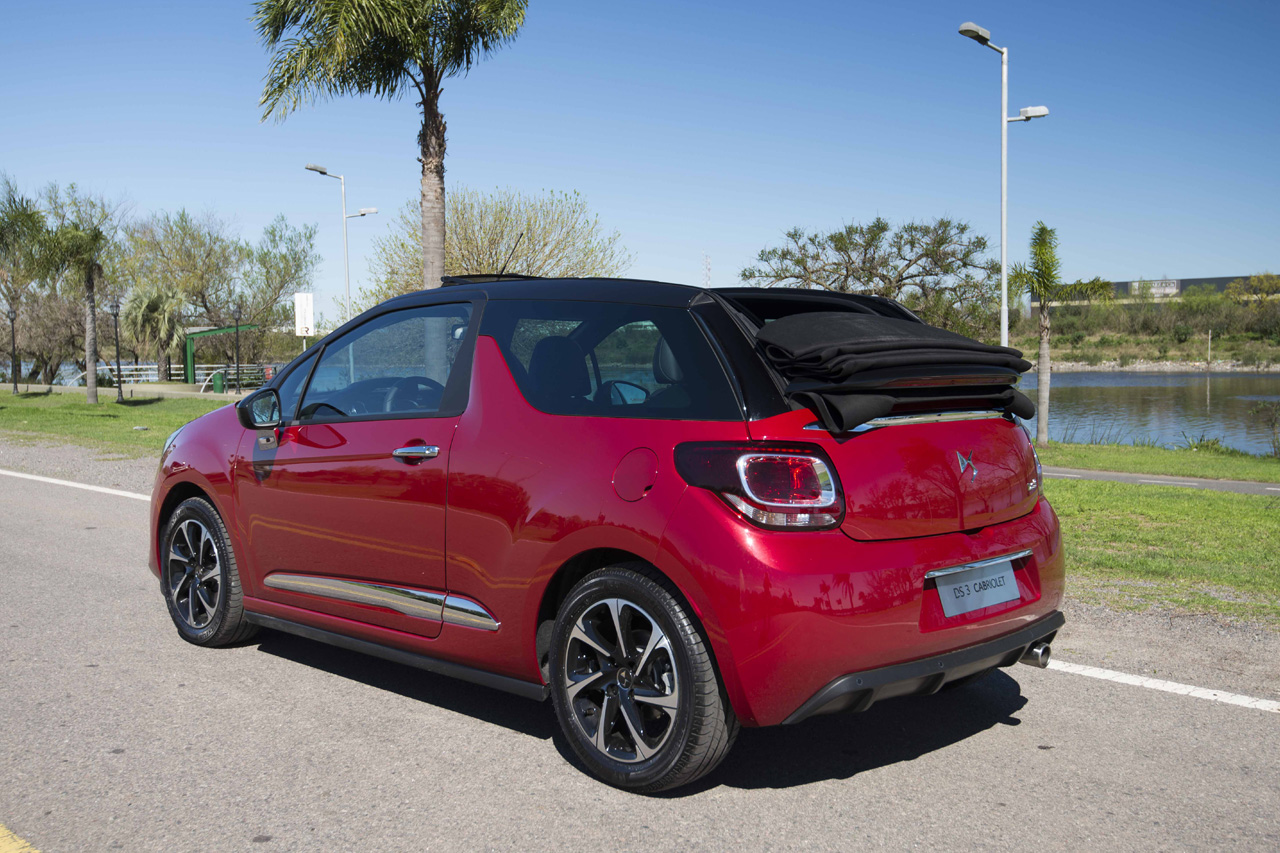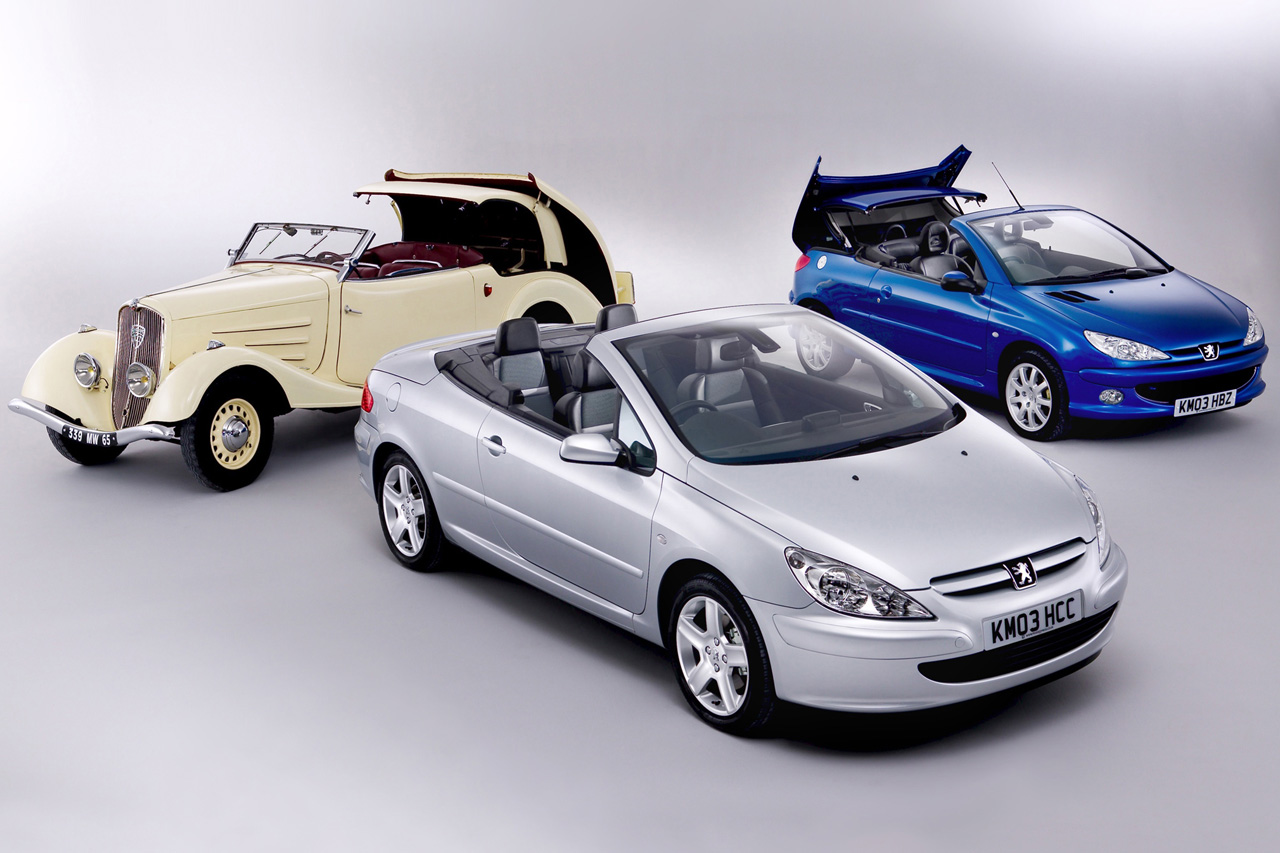
For purists, a convertible with or without a roll bar must be topped with a canvas hood. Yet for various reasons, whether economic or to avoid vandalism, many types of sunroof have been implemented. We take stock.
Since the beginnings of the automobile, and even before, in the horse-drawn world, the canvas top is the ideal headgear for phaetons and other roadsters. Stretched on a metal frame, it is light and simple to implement. Then over the course of the evolution of the automotive industry and its modernization with the corollary of greater complexity, the production of a specific cabriolet shell quickly becomes expensive. The reinforcements of crates necessary to compensate for the absence of flag make quickly increase the price of the vehicle. This is not a concern on a luxury model sold at a high price which benefits from the exclusivity of the convertible.

On the other hand, for popular models, it is very tempting to keep the flanks of the existing coupe or sedan, as well as the doors and roof rails in order to achieve serious savings. The Fiat 500C and DS3 Cabrio are in this vein. On this so-called convertible silhouette, the roof stretched in canvas differs like the rear window of smaller dimensions in order to be able to fold horizontally on top of the boot.
Targa or T roof?

In the case of certain two-seater sports vehicles, it is not necessary to uncover the entire interior, it is enough to ventilate the heads of the driver and his passenger. This so-called Targa roof solution makes it possible to retain the overall rigidity which is not superfluous on certain cars such as the Porsche 911. The “T” roof adds even more robustness by means of a longitudinal reinforcement, the Americans, quite flexible, are the perfect example. This architecture allows the use of two half roof panels that can be slid into the boot.
And when the roof pivots?

For this Ferrari Superamerica the roof is even electrochromic.
Clever engineers have also thought up pivoting roofs around an axis, which minimizes the number of moving parts and makes the whole assembly more reliable. But this solution is only valid for two-seater models such as the Renault Wind and Ferrari Superamerica and this imposes a certain length for the trunk. It is therefore not suitable for all car silhouettes.
The CC a fashion that belongs to the past…

Family photo at Peugeot, where the vogue for the retractable hardtop coupé lasted from 1932 to 2015, from the Peugeot Eclipse to the 308 CC.
For the more “family” versions, i.e. offering four seats, the retractable hardtop solution was in vogue in the 2000s. Volvo C70, Volkswagen EOS, Peugeot 307 CC then 308 CC were the main protagonists of this movement, without forgetting the Ford Focus CC which had problems with sealing in its early days. The complexity of the mechanisms (jacks, electric motors) is not always reassuring for longevity.

















